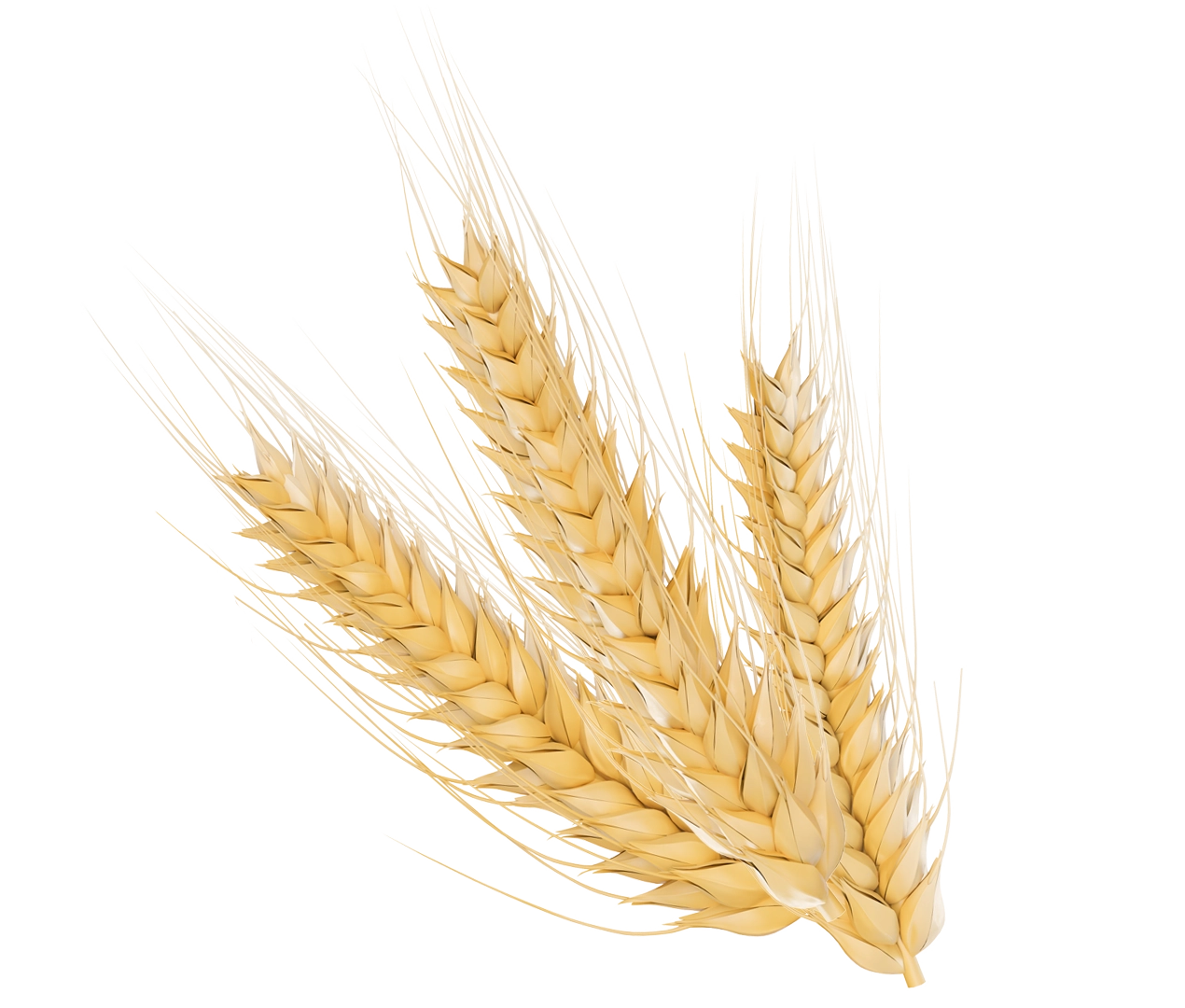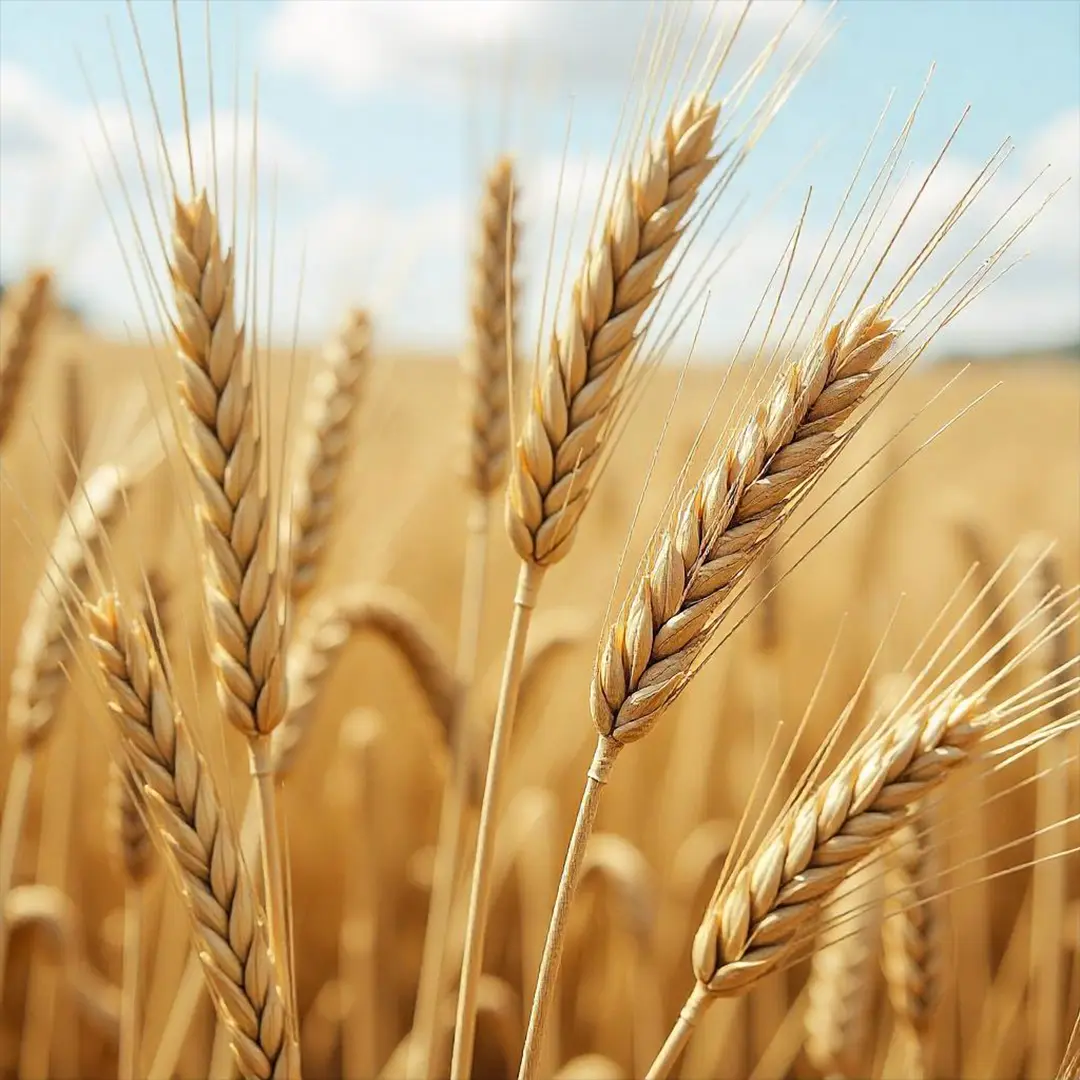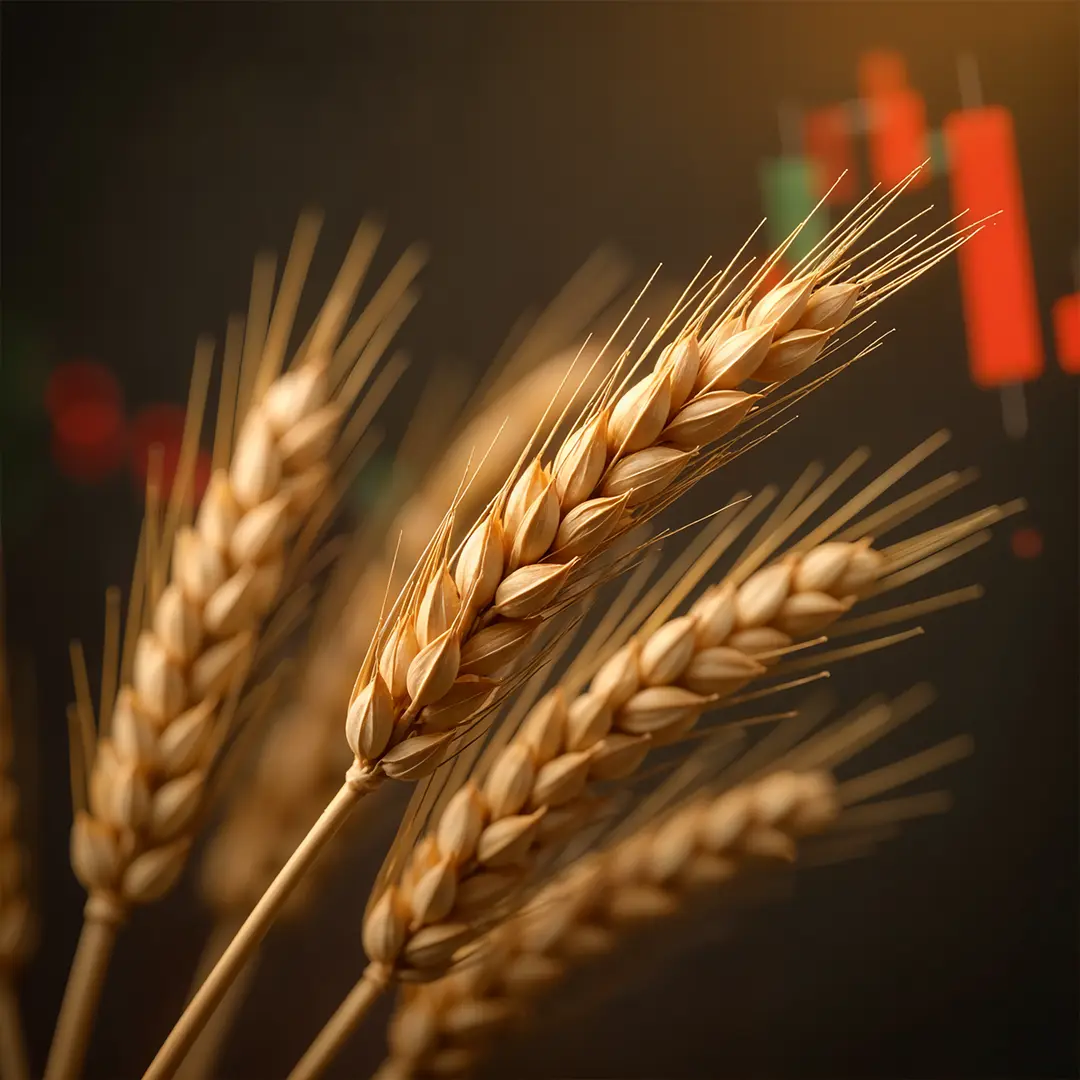![]() Disclaimer: CFDs are complex instruments and come with a high risk of losing money rapidly due to leverage. You should consider whether you understand how CFDs work and whether you can afford to take the high risk of losing your money.
Disclaimer: CFDs are complex instruments and come with a high risk of losing money rapidly due to leverage. You should consider whether you understand how CFDs work and whether you can afford to take the high risk of losing your money.
-
Getting Started
-
Platforms
-
Products
-
Learn
-
Analysis
-
Academy
-
Promotions
-
Trading
-
Getting Started
-
Platforms
-
Products
-
-
Education
-
Learn
-
Analysis
-
Academy
-
-
Promotions
-
Promotions
-
-
Company
US
Languages
-
简体中文
Simplified Chinese
-
한국어
Korean
-
Melayu
Maleyu
-
Việt
Vietnamese
-
ภาษาไทย
Thai
-
Indonesian
Indonesian
-
العربية
Arabic
-
日本語
Japanease
-
繁體中文
Traditional Chinese
-
Français
French
-
Español
Spanish
-
Português
Portuguese
-
Deutsch
German
-
فارسی
Persian
-
Italiano
Italian
-
Русский язык
Russian
-
Türkçe
Turkish
-
Polski
Polish
-
हिंदी
Hindi
Trade the Grains That Move the Market
From global demand to shifting market dynamics, wheat trading offers fertile ground for opportunity.

Sow Smart, Trade Wheat
-
Wheat is a globally demanded product as it is considered the main food for many countries, thus ensuring active trading.
-
Wheat can be a balancing factor to add to your portfolio of investing, as it gives you more diversification options.
Harvest New Trading Potential
Include Wheat in Your Portfolio


How to Start Wheat CFD Trading With STARTRADER
Your wheat trading journey with STARTRADER goes through the following steps
-
Step 1- Start by studying the markets and understanding the seasonal trends affecting wheat prices.
-
Step 2- Set a carefully-planned trading strategy that ensures diversification.
-
Step 3- Open a demo account to practice.
-
Step 4- Open a live account and start trading.
Why Trade Wheat With STARTRADER
A top-tier Trading App
Simple, secure, and easy to use, it provides seamless access to the market anytime, anywhere. With a customizable watchlist, you can effortlessly track all your investments and stay ahead, no matter where you are.
100-Millisecond Execution
In the trading world, fast execution can make all the difference. With our ultra-low latency infrastructure, your trades are executed in milliseconds to help you seize opportunities on the spot.
Ultra-tight Spreads
Enjoy some of the most competitive spreads, starting from 0.0 pips. Lower trading costs mean more potential gains.
24/6 Customized Support
Get guidance and information about your trading anytime you need it. We will support you with our extensive expertise and dedication.
High Leverage up to 1:1000
With flexible leverage up to 1:1000*, you can take larger positions with smaller capital, gaining greater market exposure across a wide range of agricultural CFD products. However, it's important to recognise that higher leverage also significantly increases the risk of potential losses. Traders should be fully aware of these risks, stay informed, and implement effective risk management strategies. *Leverage above 1:30 may not be available in certain regions due to regulatory restrictions.
Multiple Trading Accounts
From demo to standard and ECN accounts, you can choose the one that fits your trading style and level of experience. If you're new to trading, begin with a demo account, or opt for Standard and ECN accounts to access competitive spreads and leverage.
Frequently Asked Questions
-
1.
What is wheat trading?
Wheat trading refers to buying and selling wheat as a commodity in the global markets. It is one of the most consumed commodities as it is the essential food for many people.
The physical buying and selling of wheat is not the only way to invest in this promising commodity. Investors can trade wheat through:
- Spot Market (Physical Trading) – This involves the direct purchase and sale of wheat in its physical form between buyers and sellers.
- Futures Market – Traders buy and sell wheat contracts on commodity exchanges like the Chicago Board of Trade (CBOT).
- CFDs (Contracts for Difference) – This allows traders to trade on wheat price movements without actually owning the physical wheat.
2.What are wheat futures?
In brief, futures are standardized contracts traded on commodity exchanges. According to these contracts investors or traders buy or sell a specified amount of any product at a predetermined price on a future date.
As for wheat futures, those are contracts according to which investors buy or sell an amount of wheat at a predetermined price on a future date.
Chicago Board of Trade (CBOT) is the main exchange through which commodity trading is done. Wheat and soybeans, for example, are traded through this exchange.
There are five kinds of wheat that investors can trade through futures:
- Hard Red Winter Wheat (HRW)
The hard red winter wheat is mostly grown in the U.S. With this wheat, bakers make the bread that people eat everyday. It is considered as an all-purpose wheat because it has high protein content. - Soft Red Winter Wheat (SRW)
Lovers of cakes, cookies and crackers need to be told that this is the wheat to go for for baking these goods. The soft red winter wheat is lower in protein. - Hard Red Spring Wheat (HRS)
Premium bread, bagels, and artisan baking goods are made with hard red spring wheat flour. It is the highest kind of wheat in protein. - Soft White Wheat (SWW)
This one is a low-protein wheat perfect for pastries, cakes, and Asian noodles. - Hard White Wheat (HWW)
This one is similar to HRW. The difference between them is that hard white wheat is lighter in color and milder in flavor, used for whole wheat products and tortillas. - Durum Wheat
The hardest wheat variety, rich in protein, primarily used for pasta and semolina production.
With wheat futures, investors can hedge on the price movements, making benefit of both rising ones and falling ones. Additionally, they can control larger positions with a smaller capital due to leverage. However, they need to be aware that these contracts have expiration dates as these contracts specify the date and time for selling or buying the asset.
Those who do not want to worry about expiration date, might find that wheat CFDs are better trading options.
-
3.
What are the trading hours for wheat futures?
Since futures are contracts that set the time and date at which the product is to be sold or bought, it is important for investors to know the trading hours for these futures.
Here is a general overview of the trading hours for wheat futures:
- Wheat futures are primarily traded on the CME Globex electronic platform, which operates during the following hours (Central Time, CT):
Sunday to Friday: 7:00 p.m. – 7:45 a.m.
Monday to Friday: 8:30 a.m. – 1:20 p.m. - In your local time zone (Gulf Standard Time, GST), these hours correspond to:
Sunday to Friday: 5:00 a.m. – 3:45 p.m.
Monday to Friday: 6:30 p.m. – 10:20 p.m.
Yet, investors should note that trading hours may vary on holidays or due to special circumstances.
4.What factors influence wheat prices?
Several factors influence the price of wheat including
- Weather conditions: Just like any other agricultural products, wheat is influenced by severe weather conditions. Droughts, floods, and extreme temperatures all might push the prices of wheat to go higher, as the supply will be less.
- Supply and demand: We have highlighted how the limited supply can make the prices spike. That happened due to the imbalance between supply and demand. Data from trading economics wheat reflects how global demand, especially from major importers like China, can make the price go higher if the supply is insufficient.
- Government Policies and Subsidies: Decisions such as India’s wheat export bans or the U.S. setting minimum purchase prices affect supply and pricing.
- The strength of the US dollar. Because wheat is priced in US dollars, people using other currencies can find it more expensive if the dollar gets stronger.
- Pest and disease: Infestations can possibly damage the crop. If this ever happens, there will be a shortage in supply pushing the prices even higher.
- Wheat futures are primarily traded on the CME Globex electronic platform, which operates during the following hours (Central Time, CT):
-
5.
How can I start trading wheat?
Starting wheat trading involves taking the following steps:
- Decide the approach in which you want to invest in this commodity. Probably, you want to invest in wheat trading companies stocks, or maybe go for wheat trading futures or CFDs.
- Familiarize yourself with all of these investing ways, and find out which ones align better with your financial goals.
- Now, it is time to search for a broker. Take your time on this step as finding the right-fit broker can be a break-deal for your investing general. Compare the following features when choosing a broker
- Spreads : the lower the better.
- Multiple account types to suit all levels
- Quick execution so that you never miss a chance.
- Higher leverage to maximize returns, but be careful as higher leverage also maximizes losses.
- Support around the clock.
- Once you have studied the market, and chosen a broker, you can start with a demo account. A demo account helps you hone your skills and improve your strategy without risking your money.
- Once you feel confident enough in your skills, you can open a live account, and start your real journey.
Start trading with A globally leading broker
Want to start trading?

We use cookies to understand how you use our website and to give you the best possible experience. You can find out more by viewing our Cookie Policy.











